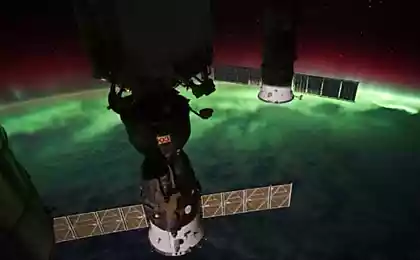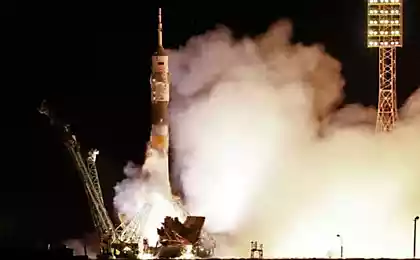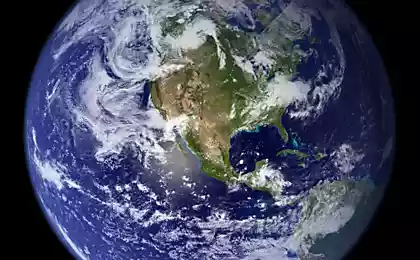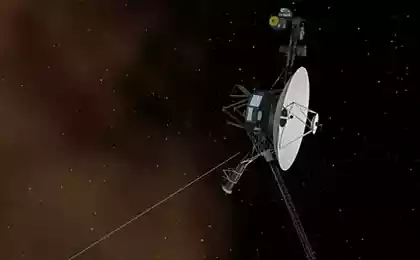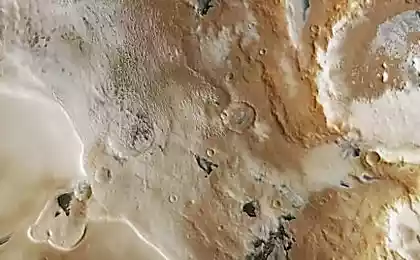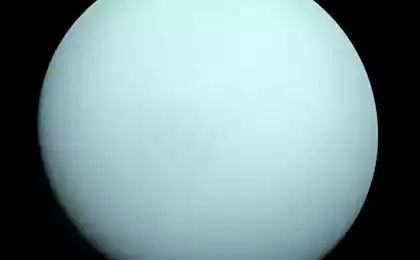1283
NASA is not sure that the Voyager left the solar system
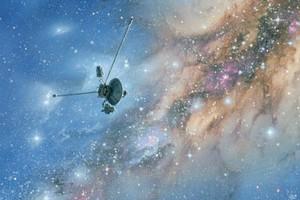
Experts argue about whether or not the American space probe "Voyager 1" left the solar system, writes Jonathan Amos, BBC correspondent BBC on Science.
Voyager 1 & quot; moves to the center of the Milky Way at a speed of 17 kilometers per second / SPL
Earlier it was announced that the unit was the first artificial object of terrestrial origin, released in interstellar space.
The US space agency NASA announced that it continues to believe probe "Voyager 1" individuals within the solar system.
Earlier, American Geophysical Union confirmed that "Voyager 1" has gone beyond the so-called the heliosphere where the solar radiation affects the interstellar space.
This area is located in more than 18 billion miles from Earth, 123 times the distance from Earth to the sun.
"Voyager 1" is moving in the direction of the star AC + 793 888, but he will reach it through tens of thousands of years and will be held at a distance of two light-years away from it.
Exit the heliosphere
Confirmation to the probe of the heliosphere, the giant bubble, which consists of a rarefied gas and weak magnetic fields, the source of which is the sun, was received Tuesday by the American Geophysical Union.
This post has been expected for some time now.
In recent months instruments on board the "Voyager" fixed gradual weakening of the solar wind on the very edge of the solar system, the so-called the heliopause.
They also recorded an increase in the number of high-energy particles or cosmic wind, which is filled with interstellar space.
The sharp jump in the measurements was recorded on August 25, when the difference in the intensity of the solar wind and cosmic wind became especially noticeable.
"In just a few days Heliospheric intensity of solar radiation decreased, and the intensity of cosmic radiation increased, indicating that the output of the heliosphere," - said Professor Bill Webber at the University of New Mexico.
NASA funded the research conducted under the supervision of Professor Webber. However, the space agency said that the conclusion that the probe went into interstellar space, does not reflect the views of all participants in the project.
Professor Webber admits that regarding the status of the probe being nestihayuschie debate.
Many researchers would like to continue to monitor to make a final conclusion.
Team leader at NASA's Jet Propulsion Laboratory, Ed Stone said he would like to see a re-orientation of the magnetic fields around the machine - before announcing the release into interstellar space.
"It would be a critical indicator, - he said. - So far we have not seen such a change in the direction fields ».
By the outer reaches
"Voyager 1" was launched on September 5, 1977 with the objective of the study of the outer planets - Jupiter, Saturn, Uranus and Neptune, that is, the gas giants and their numerous satellites.
Identical in design "Voyager 2" was launched August 20, 1978.
The problem of studying the outer planets of our system has been implemented devices by 1989.
After that, their way to the far reaches of the solar system continued in the direction of the center of our galaxy - the Milky Way.
Isotope plutonium-based generators that produce electricity on board both devices stop working after 10-15 years, after which probes will cease to transmit to Earth data from their still working properly devices.
On board both devices installed media with information about our planet and human civilization.












